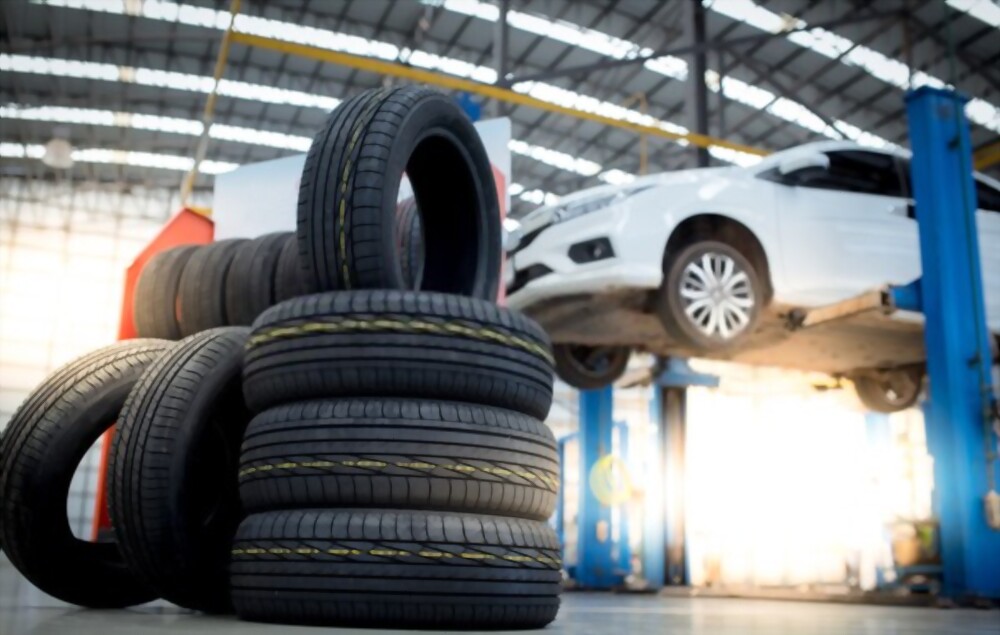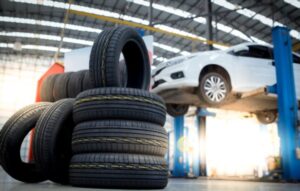Advancements in technology have revolutionized the automotive industry, and one such innovation is the invention of run-flat tires. These specialized tires have garnered significant attention in recent years for their ability to keep you on the road even after a puncture or blowout. However, as with any product, there are pros and cons to consider before making a purchasing decision. In this article, we will examine the advantages and drawbacks of run-flat tires, helping you make an informed choice when it comes to equipping your vehicle.
1. Uninterrupted Performance:
One of the key advantages of run-flat tires is their ability to allow you to continue driving even after a puncture occurs. Unlike traditional tires, run-flats are designed with reinforced sidewalls and a tough rubber compound, which enables them to support the weight of your vehicle without losing shape and functionality. This means that you won’t need to change the tire immediately or wait for roadside assistance, providing you with a crucial edge in terms of convenience and safety. Whether you’re rushing to an important meeting or traveling through remote areas, run-flat tires ensure that you can keep going and reach your destination without unnecessary delays or risk of being stranded.
On the flip side, the increased sidewall rigidity and stiffer construction of run-flat tires may compromise overall ride comfort. Traditional tires with standard sidewalls provide more cushioning, absorbing bumps and vibrations, resulting in a smoother journey. However, advancements in tire technology have improved the ride quality of run-flats significantly, reducing the noticeable difference between the two types of tires. Nonetheless, if you prioritize a plush and ultra-comfortable ride, it is worth considering the potential trade-off that run-flats may have on your driving experience.
2. Improved Safety:
When it comes to safety, run-flat tires have a clear advantage. In the event of a sudden loss of tire pressure, run-flats enable you to retain control of your vehicle, reducing the risk of accidents caused by tire blowouts. The reinforced sidewalls provide support and stability to your vehicle, allowing you to maintain handling and maneuvering capabilities during emergencies. This can be particularly crucial when traveling at high speeds or navigating challenging driving conditions.
However, it’s crucial to note that run-flat tires are not immune to failure. While they may be able to carry you a significant distance after a puncture, it is still important to monitor your tire pressure regularly and address any damages promptly. Although run-flat tires mitigate the potential dangers of sudden blowouts, driving with an underinflated or severely damaged tire can lead to further complications and require immediate attention. Maintaining vigilance and awareness of your tire’s condition is vital for maximizing the safety benefits of run-flat tires.
In conclusion, run-flat tires offer distinct advantages such as uninterrupted performance and improved safety. They grant drivers peace of mind, knowing they can continue their journey after experiencing a puncture or blowout. While ride comfort may be slightly compromised compared to traditional tires, advancements in technology have narrowed the gap, making run-flats a viable choice for those seeking a balance between convenience and comfort. Ultimately, it is crucial to assess your own driving needs and preferences before deciding whether run-flat tires are an investment worth considering.


